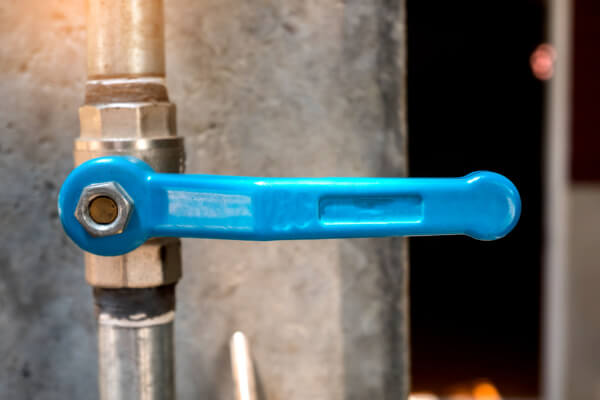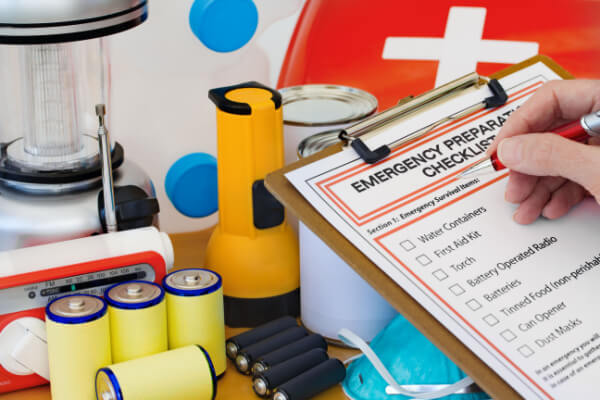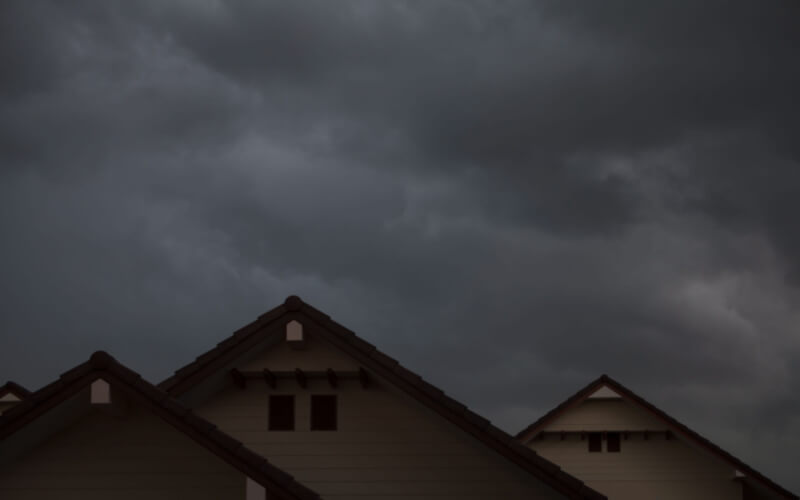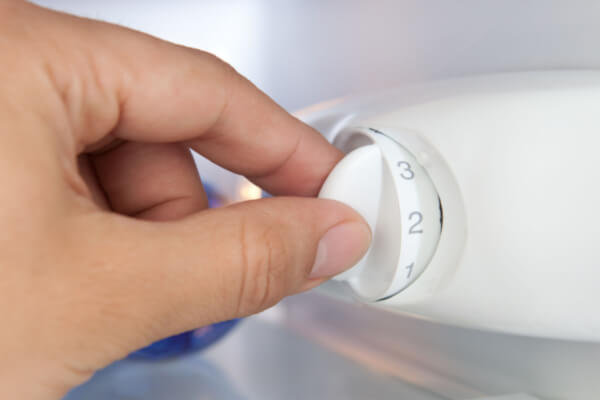Natural disasters can strike at any time. To keep you and your home safe, it’s best to be prepared. Learn about 10 tips to prepare your home for natural disasters below.
Know the Risks
In order to prepare for a natural disaster, it’s best to know what you need to prepare for. Of course, covering all boxes is great, but being prepared for disasters that you are more prone to is more beneficial. Depending on where you live, you may be more prone to different types of emergency hazards and disasters. Learn what risks your location has and plan accordingly.
Locate Your Gas, Water, and Electricity Shut-offs

In the event of any emergency, small or large, it’s important to know where your gas, water, and electricity shut-offs are located. Should something happen, acting fast to turn off one or all of these valves can help prevent further damage to your home. If you’re not sure where your shut-offs are, be sure to get connected with a local Pro to assist you.
Secure Your Entry and Exit Ways
Your home’s security should be top of mind always. However, during a natural disaster, your home’s locks may not secure your home. If you are anticipating severe weather, prep your entryways, exits, and windows by securing them in place or offering additional protection and support. High winds could blow them off, shatter glass, or blow them indoors causing a hazard and potential damage.
Turn Fridge and Freezers to Max Temperatures
If you are expecting a power outage you can help keep your food safe by cranking your fridge and freezers to their cold temperatures. In the event that the power does go out, having the appliances colder will allow your food to last longer if needed.
Unplug Appliances Not in Use
While you overuse one appliance, it’s important to unplug any appliances that are not in use or that could pose a potential risk. Smaller appliances that you don’t need should be unplugged to prevent any shortages when the power does restore. Any appliances that are plugged in low to the ground or could be near a water source should be unplugged or at least relocated to prevent damage.
Raise Your Furniture
If you know of or think there may be potential flooding, raise your furniture off the ground. You can set up furniture on collapsible tables, or simply move it to a higher floor. Chat with a Pro today to learn about basement flooding prevention.
Protect Outside Furniture
If there is going to be severe weather with high winds you should weigh or tie down your outside furniture. If it is small enough to be brought inside you can do that. This can help protect the furniture itself and also prevent it from being swept away and possibly crashing into your home or another property.
Make an Emergency Kit

In the event of an emergency, it’s stated that you should be prepared to be self-sufficient for at least 72 hours. Creating a survival kit for home is a great way to have this ready and on hand. You should include enough of the following items for everyone in your household: water, food that can last a couple of days without spoiling, a flashlight, a radio, a first aid kit, cash, contact information, and any other necessary items that you may need.
Fill Gas Containers
Having a generator is great, especially during a power outage. It’s important to have gas for the generator, and extra, ready to be able to run your generator for a long period of time.
Be Prepared!
The best way to handle a natural disaster is to be prepared! While these are just some helpful tips, having a household emergency plan is key. You can learn more about how to prepare for a natural disaster here where you can find helpful resources to use for preparation.
As a natural disaster can strike at any time, make sure you follow these 10 tips to help prepare your home. In the event of an emergency, you can get connected with the Pro you need at HomeStars.com.

